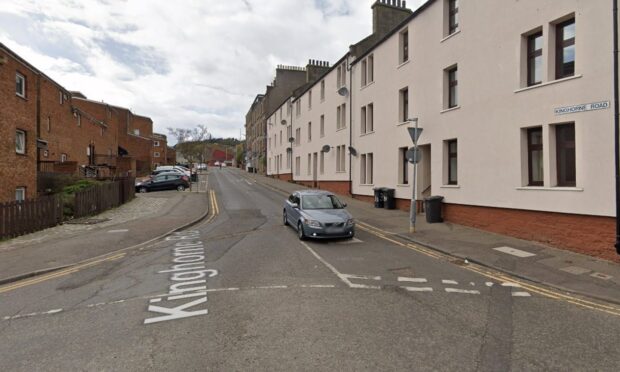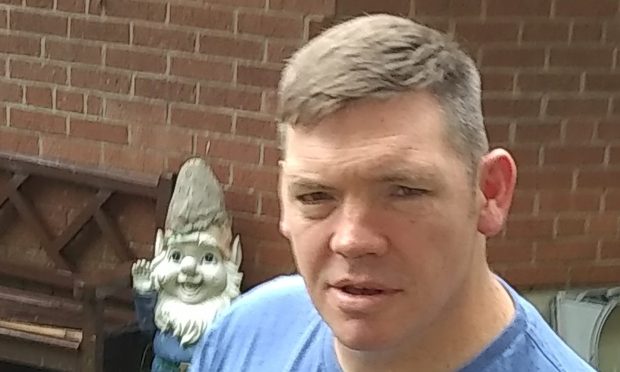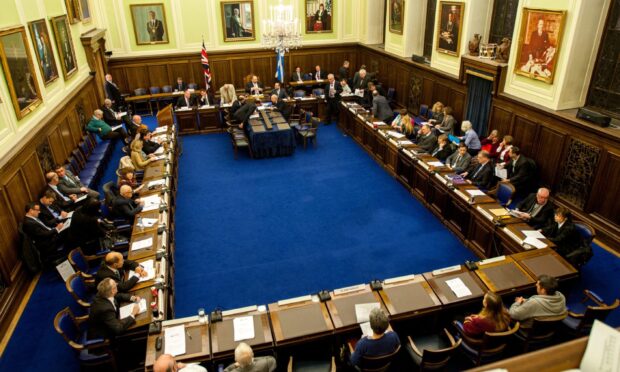Developers whose plans to convert a historic Dundee factory were left in limbo after the council denied permission to demolish its facade have asked the Scottish Government to overturn the decision.
Crieff-based F&H Developments wants to create five houses and four flats on the site of the former Tay Rope Works on Magdalen Road in the West End.
Councillors backed plans for the redevelopment in August but a second vote on whether to grant permission to demolish the building’s facade was rejected, stymieing the entire project.
F&H Developments says the facade cannot taken down and rebuilt as the stonework is in such poor condition it would crumble if the attempt was made.
In the firm’s appeal to the Scottish Government, Mark Myles of agents Bidwells claims the council has acted “unreasonably” by refusing consent to demolish the facade, which has listed building status.
He states: “The first part of the council’s reason for refusal states that the applicant has failed to demonstrate that the stonework of the existing facade is beyond retention or reuse within the proposed residential development.
“However, the Structural Report and the Stone Condition Report provide robust and
substantive evidence that demonstrate the applicant has carefully considered that retention of the facade but that it is no longer feasible.”
Mr Myles adds: “If the council did have concerns about the merits or conclusions of the condition reports, then rather than refusing the application, the committee could have decided to defer consideration pending their own independent assessment of these reports or alternatively could have sought a more detailed response from HES.
“However, the council chose not to do so.”
Dundee City Council has maintained councillors were within their rights to refuse permission.
The local authority’s official response to the Scottish Government says: “The appellant states that if the councillors were not satisfied with the terms of the reports they could have deferred consideration of the application and sought further information.
“Indeed they could. They could also, however, legitimately do what they did and refuse the application.”
“It was therefore the reasonable view of the planning committee on considering the application that in the absence of a consideration of the applicant’s reports by the council there was insufficient evidence to support the view that the building was not capable of meaningful repair in the form of its subsequent restoration.”










